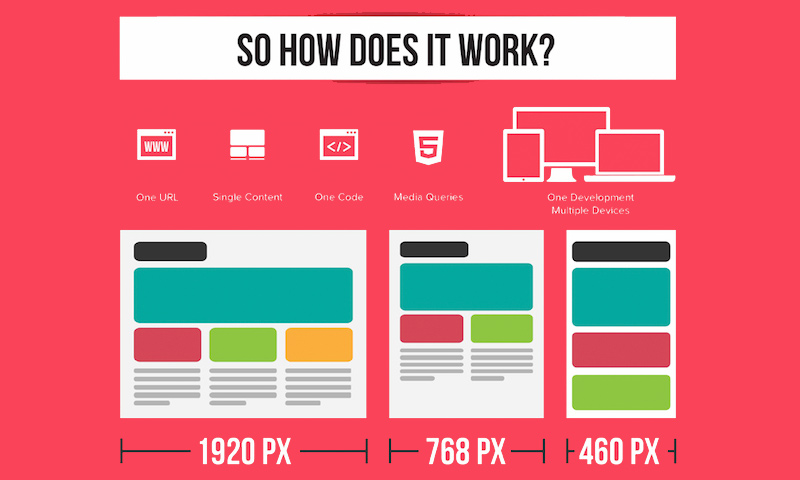In the past, web sites were easy and concentrated on details. Navigation was straight, and design was for desktop computers. Currently, individual experience is vital. Information guides designs for very easy navigating. Receptive formats fit different gadgets. Today, dark mode lowers strain, and minimal food selections boost navigation. Interactive attributes involve customers, and bold visuals stand apart. AI integration increases involvement. See exactly how style has actually developed to improve your on-line journey.
Very Early Days of Web Design
In the very early days of website design, simplicity preponderated. Web sites were standard, with restricted shades, typefaces, and formats. The emphasis was on supplying details rather than flashy visuals. Users accessed the web through slow-moving dial-up connections, so rate and functionality were vital.
Navigation menus were straightforward, commonly situated at the top or side of the page. Sites were made for desktop, as mobile browsing wasn't yet common. Web content was king, and designers prioritized easy readability over complicated layout components.
HTML was the key coding language utilized, and developers needed to work within its restrictions. Computer animations and interactive attributes were minimal compared to today's criteria. Internet sites were static, with little dynamic web content or personalized user experiences.
Surge of User-Focused Layout
With the evolution of website design, a change in the direction of user-focused design principles has become increasingly prominent. Today, producing internet sites that focus on user experience is vital for involving site visitors and accomplishing company goals. User-focused layout entails understanding the demands, preferences, and actions of your target market to customize the internet site's design, material, and features accordingly.
Developers now conduct extensive research study, such as user surveys and use testing, to collect insights and feedback straight from users. This data-driven method aids in creating user-friendly navigating, clear calls-to-action, and visually enticing interfaces that reverberate with visitors. By https://www.forbes.com/sites/theyec/2022/03/09/12-effective-tactics-to-include-in-your-search-engine-marketing-strategy/ at the facility of the layout process, web sites can supply a more personalized and satisfying experience.
Receptive design has additionally emerged as an essential facet of user-focused style, ensuring that websites are optimized for numerous devices and screen dimensions. This versatility improves accessibility and use, catering to the diverse means individuals communicate with web sites today. Essentially, the surge of user-focused layout symbolizes a shift towards creating electronic experiences that focus on the requirements and assumptions of completion user.
Modern Trends in Website Design
Discover the latest patterns shaping web design today. One prominent pattern is dark mode style, supplying a smooth and modern appearance while reducing eye stress in low-light environments. Another essential pattern is minimalist navigation, simplifying food selections and enhancing user experience by concentrating on essential elements. Incorporating micro-interactions, such as computer animated buttons or scrolling impacts, can produce a much more interesting and interactive site. Receptive design remains essential, making sure smooth user experiences across different gadgets. Additionally, using bold typography and asymmetrical formats can add aesthetic interest and accentuate certain web content.
Incorporating AI technology, like chatbots for consumer assistance or personalized referrals, enhances individual interaction and enhances procedures. Ease of access has additionally become a substantial trend, with developers prioritizing comprehensive layout practices to accommodate diverse customer demands. Accepting sustainability by optimizing website performance for speed and efficiency is another emerging pattern in website design. Teaming up with user feedback and data analytics to repeat and improve style continuously is crucial for staying appropriate in the ever-evolving electronic landscape. By welcoming these contemporary patterns, you can create an aesthetically attractive, easy to use website that resonates with your target market.
Conclusion
As you review the development of internet site layout from the very early days to currently, you can see just how user-focused design has ended up being the driving force behind modern fads.
Embrace the journey of modification and adjustment in web design, always keeping the individual experience at the forefront.
Tippingpointdigital
Stay current with the most recent patterns and innovations, and never quit evolving your technique to develop aesthetically stunning and easy to use internet sites.
Evolve, adjust, and develop - the future of website design remains in your hands.
